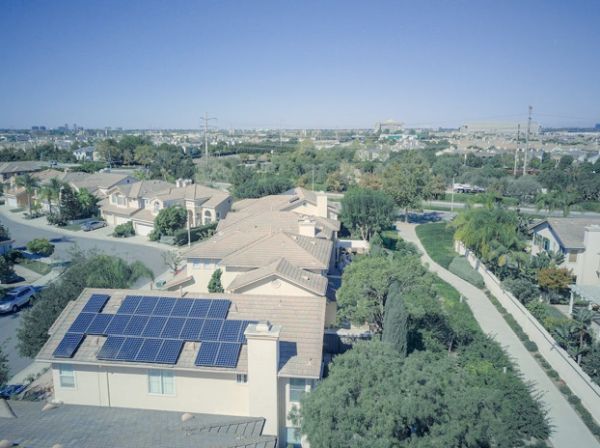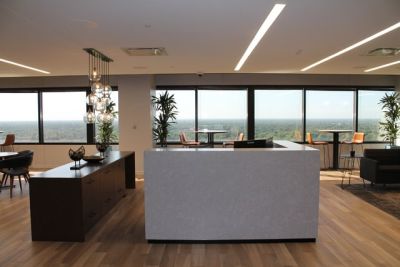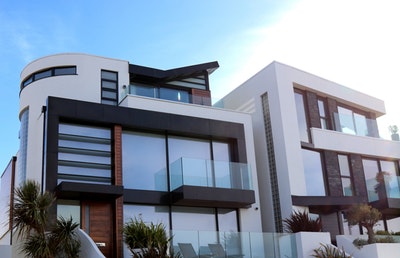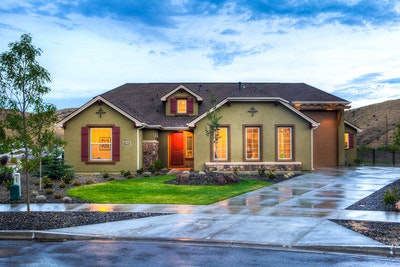6 Tips to Energy Compliance for Residential Homes and Buildings
 With energy efficiency being a key factor in protecting the environment, as well as providing cost savings, it’s now important to change into a greener set-up. By doing so you’ll create an eco-friendly building while reducing your carbon footprint and meeting all of the local codes and regulations put into place by states and counties. So, what is the best way to get started?
With energy efficiency being a key factor in protecting the environment, as well as providing cost savings, it’s now important to change into a greener set-up. By doing so you’ll create an eco-friendly building while reducing your carbon footprint and meeting all of the local codes and regulations put into place by states and counties. So, what is the best way to get started?
Moving towards sustainability in terms of architecture will mean that you’re limiting emissions of harmful gases to Mother Nature. As a result, not only is it better but also more comfortable for those living or working in buildings and homes.
If you’re worried about whether your property is following the guidelines of your state, you can always call companies to do the audit for you. Get an energy compliance solution with the right professionals and generate reports that will help you perform any necessary changes for compliance purposes.
They might even analyze your water and energy usage simultaneously to see where you can save more. In the meantime, some of the ways where you can get started are the following:
1. Insulate the Windows
To significantly reduce energy expenses, upgrading the windows is one of the most effective approaches out there. Older models allow outside air to enter, driving up your utility bills and this is something that you need to avoid. When searching for an upgrade solution, consider these steps:
- Select the ENERGY STAR®-rated windows. These have been independently certified to meet or exceed strict guidelines set by various organizations to ensure that they are beneficial to homeowners.
- Consider double- or triple-glazed glass with sealed frames. They contain argon between each pane, and the gas acts as an insulator for heat and noise.
- Select Low-E coatings. Special coatings can reflect heat back into the room, helping to keep it warmer in winter and cooler in summer and you can see more about this low-emissivity glass when you click this link.
2. Choose Newer Heating and Cooling Systems
Often times when people think of ways to reduce their energy consumption, they overlook the heating and cooling system. However, making some small tweaks on how you use your HVAC can result in tremendous savings for your wallet, By properly utilizing this resource, you can easily cut down costs with minimal effort required.
By investing in a more eco-friendly, reliable furnace or air conditioner model, you can not only save money on your monthly utilities but also make the world around you a better place. If replacing the entire system is too much of an investment right now, consider upgrading one such as the AC, and see how quickly those savings add up.
If you have a central air conditioning system, you can do a few things to make it more efficient. You can install a programmable thermostat, which will allow you to set different temperatures for different times of day and automatically adjust the temperature when necessary.
3. Weatherize the Property
The winter air generally makes the heat escape through various gaps and cracks inside the house. This is where you can weatherize the entire building to prevent energy loss, especially in the doors. Create a barrier that will separate the outdoor the indoor temperatures.
Others might think about strips that can be applied snuggly to doors so they can be completely shut. Revolving doors can also be an option where the temperature in the interior remains constant.
 4. Addition of Smart Appliances
4. Addition of Smart Appliances
HVAC systems now have smart technologies and thermostats that can help read the indoor conditions of a property. They can significantly lower HVAC consumption and turn off the heating or cooling in the event of a vacancy.
This translates to huge savings, especially for those who don’t stay in their homes during operational hours.
The thermostats are usually connected to the owner’s device, and they can program them to turn on and off at a consistent phase. Nowadays, IoTs can significantly reduce many homeowners’ emissions and operational costs.
Read more about the internet of things on this page: https://www.techtarget.com/iotagenda/definition/Internet-of-Things-IoT.
5. Natural Lights are Beneficial
Enhancing the décor with natural light should be a great feature that every homeowner should consider.
Don’t use incandescent bulbs if possible, and skylights should be placed on the roofs. Windows facing south tend to illuminate the rooms without the added glare, so they should be additions that are definitely worth considering.
Improve the efficiency of the property with solar cells that are transparent and emission-free. You can also get off-grid sources of electricity like panels and inverters for cleaner systems.
6. Focus More on Ventilation
Since there’s insulation installed and most rooms are often airtight, you need to focus more on the vents and the ductwork to prevent moisture build-up. Get them cleaned up to remove dirt, dust, mold, and pollen and maintain fresh air simultaneously.
When your HVAC is already more than 10 years old, it might be the right time to replace it so you can keep more than 30% to 40% of the costs regarding energy. Tankless water heaters are also a good alternative if you want to save more.





